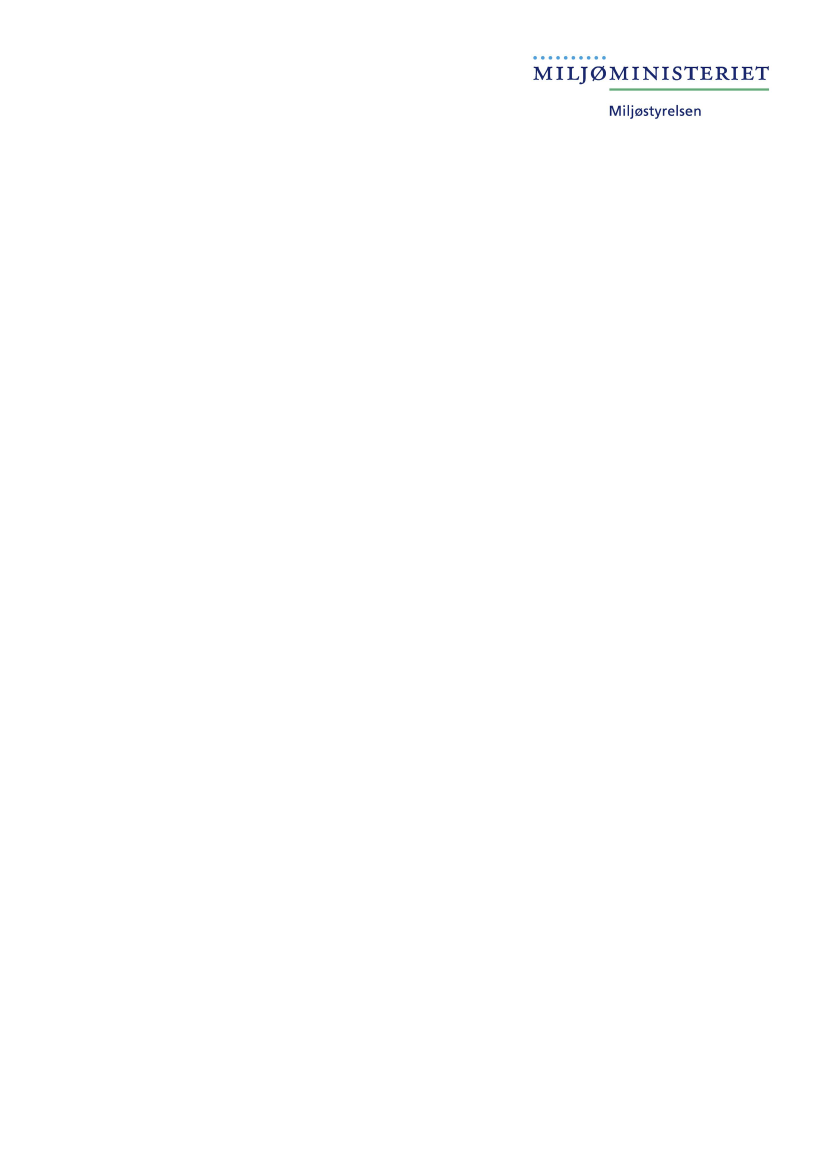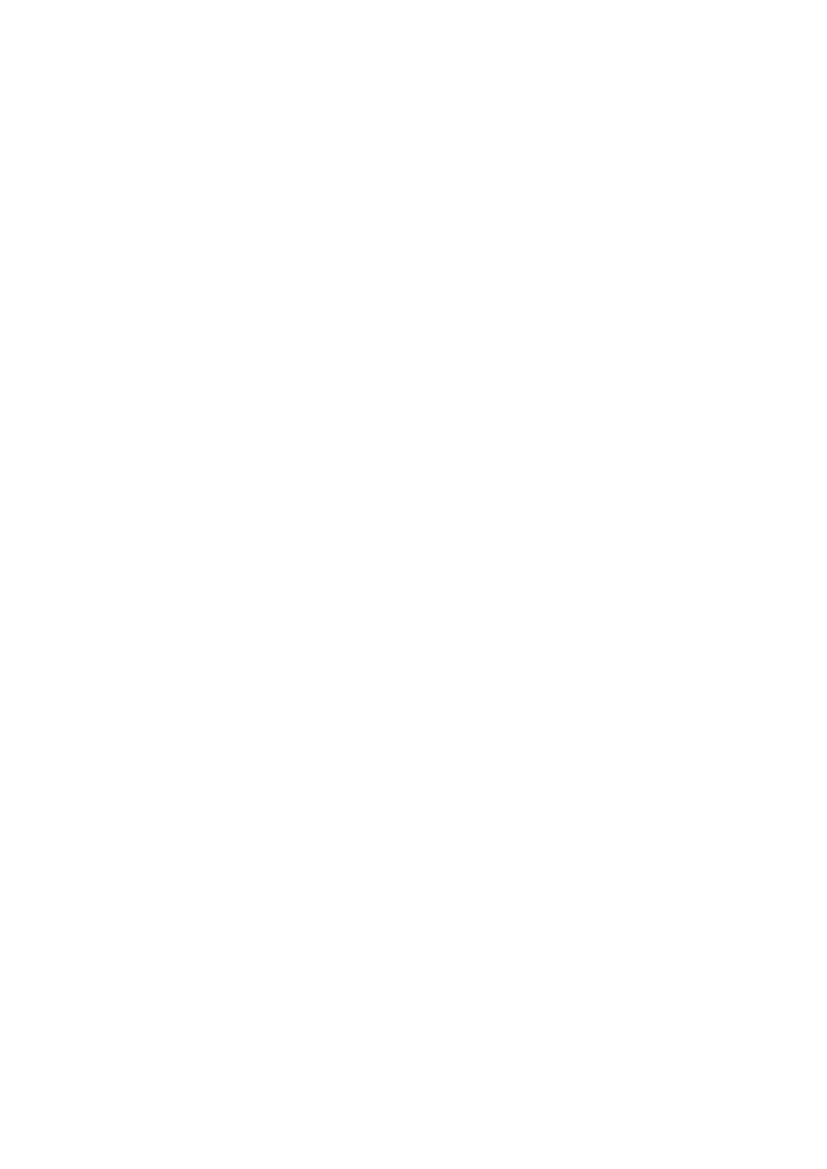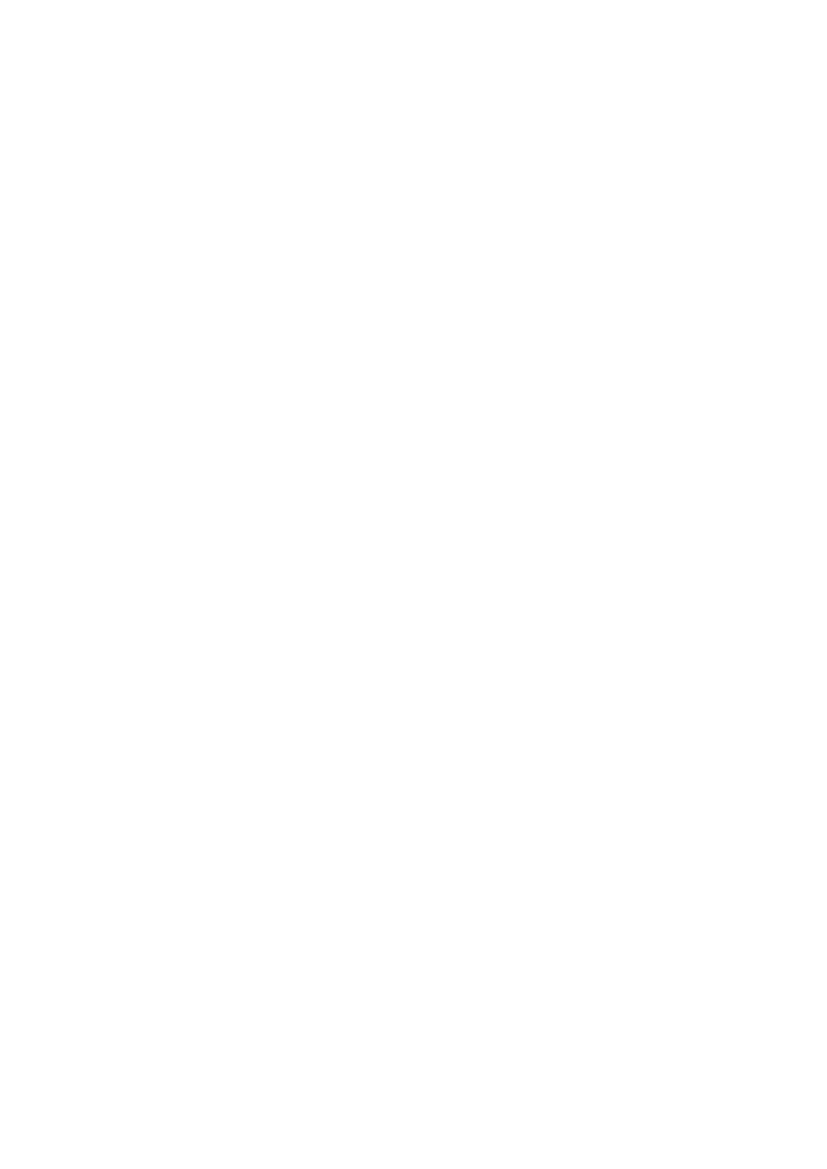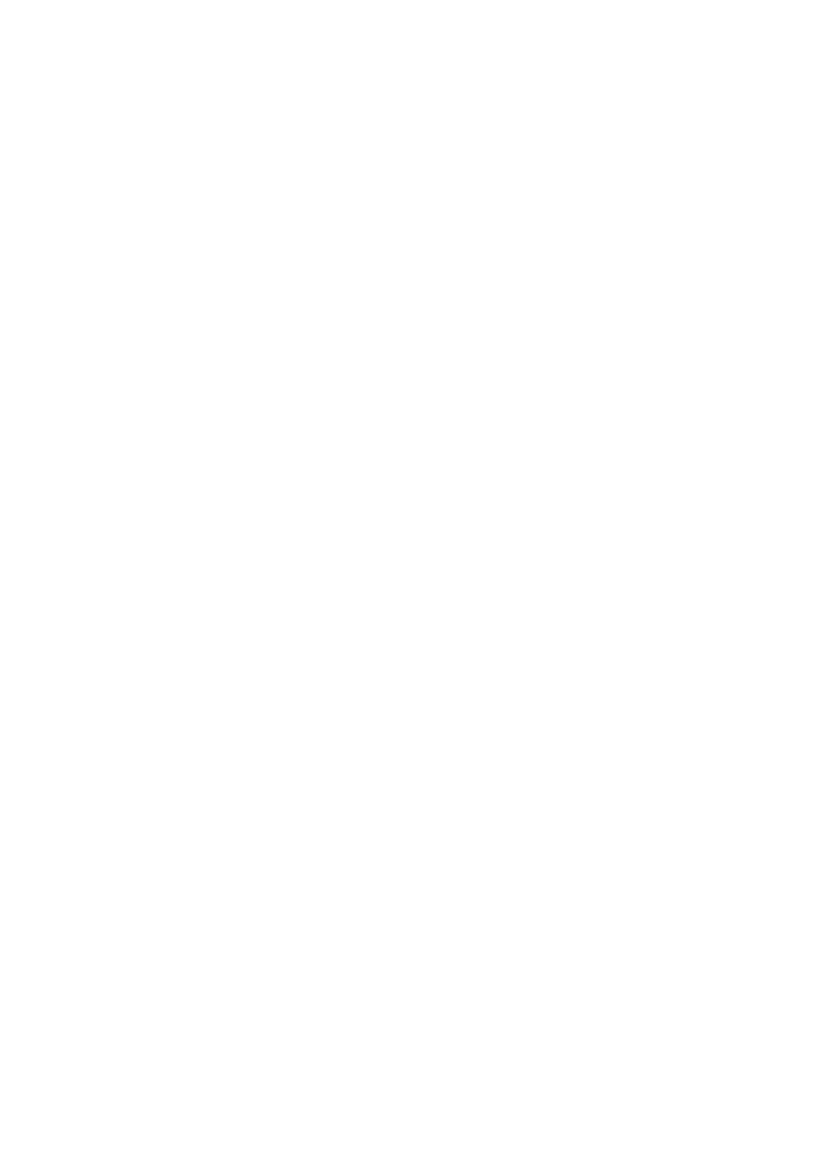Miljø- og Planlægningsudvalget 2009-10
MPU Alm.del
Offentligt
Bilag til besvarelse af alm. del spørgsmål 831
Jord & AffaldJ.nr. MST-700-00034Ref. losDen 30. juni 2010
Oversættelse af de australske miljømyndigheders svar til spørgsmål 831.
I de tilfælde Australien har faciliteterne, hjælper Australien andre lande, som ikke har kapacitet til atbehandle farligt affald og andet affald på en miljøvenlig måde. Dette er i overensstemmelse medAustraliens ansvar som part i Basel-konventionen om kontrol med grænseoverskridende transportaf farligt affald og bortskaffelse heraf (Basel-konventionen).F.eks. har Australien med 7 mio. australske dollars finansieret indsamlingen fra mange Stillehav-søer (PICs) af mere end 120 ton persistente organiske miljøgifte (POPs) og destruktionen af dempå anlæg i Australien. De typer farligt affald, som Australien modtager fra regionen, fremgår nedenfor.I betragtning af den mængde POPs, som allerede er fjernet og destrueret fra Stillehavsøerne, bur-de der ikke være et problem med fremtidig kapacitet til destruktion af POP’s fra Stillehavsørene,hvis behovet opstår.Australiens problem med at destruere Orica HCB-affaldslageret er ikke det samme som i forbindel-se med destruktionen af POPs fra Stillehavsøerne. Australien bestræber sig på selv at håndtere sitaffald og hjælper andre lande, hvis det er muligt, når det har passende anlæg og ekspertise.Orica HCB-affaldslageret er imidlertid i særlig grad problematisk for Australien, fordi dets komplek-se forskelligartede kemiske sammensætning og fysiske struktur ikke kan behandles af de austral-ske anlæg. En sikker destruktion af Orica HCB-affaldslageret kræver på grund af dets særligeegenskaber den type store højtemperaturforbrændingsovne i verdensklasse, som man har påKommunekemi a/s i Danmark. Sammensætningen af HCB-affald til eksport er angivet nærmere ibesvarelsen til alm. del spørgsmål nr. 837 og er baseret på oprindelsen af de hovedkomponenter,der omfatter HCB-affaldet.Den uafhængige rapport fra Sustainable Infrastructure Australia (SIA), der blev fremlagt som led iforhåndsanmodningen fra 2008, indeholder en redegørelse for kravene til behandling af OricaHCB-affaldslageret og en beskrivelse af Australiens kapacitet til behandling af POP-stoffer.Af de grunde, der angives i SIA-rapporten, er det ikke i den nærmeste fremtid praktisk gennemfør-ligt at opføre store højtemperaturforbrændingsovne i Australien af samme standard som de euro-pæiske anlæg. De faktorer, der gør det kompliceret, er bl.a. den begrænsede mængde materiale,der er behov for at destruere, manglen på klorfattigt råmateriale og de påkrævede afstande til hyp-pig transport. Hvis man skulle opføre et sådant anlæg, ville tidsrammen for etableringen af det til ensikker driftsstatus være adskillige år og sandsynligvis længere.Farligt affald, som Australien modtager fra regionen
I henhold til den australske lov om farligt affald (regulering af eksport og import) fra 1989 har Au-stralien tilladt import af farligt affald til miljørigtig behandling og håndtering fra lande, som ikke hartilstrækkelig kapacitet til at behandle affaldet. Importen sker til anlæg, der på nuværende tidspunkter i drift og er godkendte.Import var tilladt fra Hongkong, Malaysia, Singapore, New Zealand, de franske og australske be-siddelser i Antarktis, Marshalløerne, Tuvalu, Mikronesien, Niue, Kiribati, Solomonøerne, Ameri-kansk Samoa, Østtimor, Vanuatu, Papua Ny Guinea og Ny Kaledonien.For året 2005-2006:400 ton e-affald64 ton husholdningsaffald og flydende affald (Antarktis)34 ton pesticider, transformerhuse, PCB og PCB-forurenet olie300 ton brugte bly-akkumulatorer75 ton kasserede lysstofrør og -armaturer indeholdende kviksølv.For året 2006-2007:34 ton pesticider og PCB-forurenet olie og udstyr180 ton klinisk og relateret affald og fast affald indeholdende giftige væsker138 ton husholdningsaffald og flydende affald (Antarktis)125 ton knuste kasserede lamper og lysstofrør indeholdende kviksølv2.600 ton brugte bly-akkumulatorer og litiumbatterier.For året 2007-2008:1.375 ton brugte bly-akkumulatorer og NiCad-batterier52 ton pesticider og PCB-forurenet olie og udstyr900 ton katoderørsglas150 ton knuste kasserede lamper og lysstofrør indeholdende kviksølv135 ton klinisk og relateret affald og fast affald indeholdende giftige væsker73.000 liter kasseret transformerolie181 ton husholdningsaffald og flydende affald (Antarktis).For året 2008-2009:150 ton knuste kasserede lamper og lysstofrør indeholdende kviksølv900 ton katoderørsglas60 ton klinisk og relateret affald og fast affald indeholdende giftige væsker626 ton aske indeholdende zink601 ton affald fra maling og opløsningsmidler171 ton husholdningsaffald og flydende affald (Antarktis)2.390 ton brugte batterier, forskellige typer, herunder bly, NiCad, litium osv.2
De Australske miljømyndigheders svar:
Where Australia has the facilities, it assists countries which do not have the capacity to deal withhazardous wastes and other wastes in an environmentally sound manner. This is consistent withAustralia’s responsibilities as a Party to the Basel Convention on the Control of TransboundaryMovements of Hazardous Wastes and their Disposal (Basel Convention).For example, Australia has funded ($7 million AUD) the collection from many Pacific Island Coun-tries (PICs) of more than 120 tonnes of persistent organic pollutants (POPs) and their destruction atfacilities in Australia. The variety of hazardous wastes that Australia accepts from the region isshown atAttachment A.
Given the amount of POPs already removed and destroyed from the Pacific Island Countries, thereshould not be a problem with future capacity, should the project be extended.The problem Australia faces with destroying the Orica HCB waste stockpile is different from thedestruction of POPs from the Pacific islands. Australia strives to be self reliant in dealing with itswastes and helps other countries, where possible, when it has appropriate facilities and expertise.The Orica HCB waste stockpile, however, is uniquely difficult for Australia because its complex het-erogeneity in chemical composition and physical structure cannot be handled by the type of facili-ties in Australia. The safe destruction of the Orica HCB stockpile, because of its particular charac-teristics, requires large, world class, high temperature incinerators of the type at Kommunekemi a/sin Denmark. The composition of the HCB waste for export is detailed inAttachment B
and isbased on the origin of the main components comprising the HCB waste.A discussion of the requirements for dealing with the Orica HCB waste stockpile and a descriptionof Australia’s capacity to treat POP substances is detailed in the independent report by SustainableInfrastructure Australia (SIA) which was submitted as part of the Duly Reasoned Request of 2008.For the reasons explained in the SIA report, the establishment of large high temperature incinera-tors in Australia of a standard comparable to European facilities is not practical in the foreseeablefuture. The complicating factors include the limited amount of material needing destruction, the lackof low chlorine feedstock and the distances required for frequent transport. Were such a facility tobe built, the timeframe for its establishment to a safe operational status would be several years, atleast, and probably longer.ATTACHMENT A
Under theHazardous Waste (Regulations of Exports and Imports) Act 1989,Australia has allowedthe import of hazardous waste for environmentally sound treatment and management from coun-tries that lack the capacity to deal with the waste. The imports are to Australia’s current operatingand licensed facilities.Imports were allowed from Hong Kong, Malaysia, Singapore, New Zealand, French and AustralianAntarctic Territories, Marshall Islands, Tuvalu, Federated States of Micronesia, Niue, Kiribati,Solomon Islands, American Samoa, East Timor, Vanuatu, Papua New Guinea and New Caledonia.For the year 05 – 06:400 tonnes of e-waste64 tonnes of household and liquid wastes (Antarctica)3
34 tonnes of pesticides, transformer casings, PCB and PCB contaminated oil300 tonnes of used lead acid batteries75 tonnes of waste fluorescent tubes and lamps containing mercury.For the year 06 – 07:32 tonnes of pesticides and PCB contaminated oil & equipment180 tonnes of clinical and related waste, and waste solids containing toxic liquid138 tonnes of household and liquid wastes (Antarctica)125 tonnes crushed waste lamps and fluorescent tubes containing mercury2,600 tonnes of used lead acid and lithium batteries.For the year 07 – 08:1,375 tonnes spent lead acid, NiCad batteries52 tonnes of pesticides and PCB contaminated oil & equipment900 tonnes CRT glass150 tonnes crushed waste lamps and fluorescent tubes containing mercury135 tonnes of clinical and related waste, and waste solids containing toxic liquid73,000 litres of waste transformer oil181 tonnes of household and liquid wastes (Antarctica).For the year 08 – 09:150 tonnes crushed waste lamps and fluorescent tubes containing mercury900 tonnes CRT glass60 tonnes of clinical and related waste, and waste solids containing toxic liquid626 tonnes zinc bearing ash601 tonnes of paint and solvent waste171 tonnes of household and liquid wastes (Antarctica)2,390 tonnes spent batteries, various type including lead, NiCad, Lithium etc.
4




